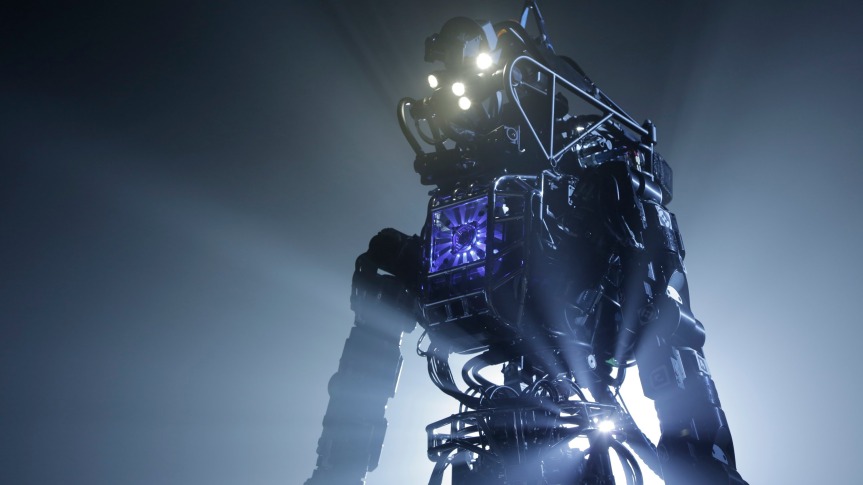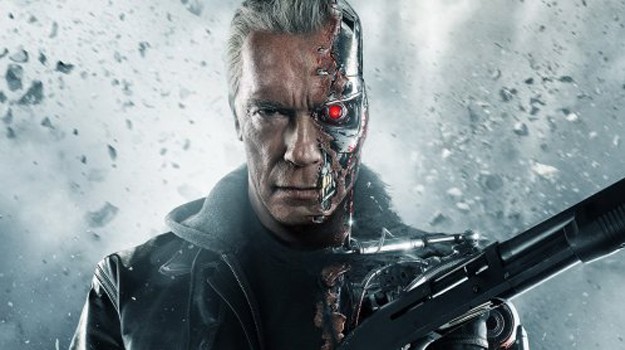Date: 24/10/16
Time: 12:00 pm
Location: Home
Interviewee: Veronica Yako
Interviewee, Veronica Yako, is a third year Law and Business student who currently juggles a heavy work load of two degrees, a part time job, and a semi-thriving social life. The point of direction for this interview was to understand Veronica’s Sleep schedule and what her opinions where on the future and the future of sleep. Initially Veronica seemed nervous, when I asked her why, her response was that she had never really thought about the future enough for someone too take notes of her thoughts and accumulate them into a written work. I assured her that she would be fine and there’s no wrong answers just speculative opinions.
The interview began by discussing her average daily schedule including that of sleep. As described by Veronica, her daily schedule consists of forcing herself up in the morning at 6 am, be at University by 7am. Try and sit through the hour long lecture and follow that with a two-hour tutorial. After that she makes her way too work for the rest off the day. Comes home, makes time for her best friend, studies a little bit, and Netflix binges till 1 am. Repeat. I was astonished as to why this sentence sounded as tiring when she was speaking it, with no pauses or deep inhales. This truly signified how jam-packed her days can be.
I then began too ask her how she can do everything she does in one day but only have an average of 5 hours sleep. Veronica didn’t hesitate too answer, it was quiet simple for her to do so, ‘I’m just used too it’. Veronica and myself then went into deep discussion about the process of sleep and her body clock was adjusted to something it shouldn’t be, and she cannot go through all sleep cycles per usual which involve storage, maintenance ad creativity.
After that, I asked Veronica too describe the future in three words, her answer was ‘robots, gadgets and mystery. Such answers are generic so I asked her how she would like too see her future, which got her thinking more imaginatively. Her response was that she would like too see a shift from the advancements of biotechnological weaponry and focus more on the ability of technology too help people. Veronica’s background in law, in particular studying about the human condition has in a way she said opened her eyes to the treatment of migrants and displaced people in society as despicable. Veronica suggested that biotechnology in the future should raise the quality of life by healing, enhancing and producing products that do so.
In specific, she brought up Jacque Fresco’s theory of the Venus Project which is modelled around the idea of living in a circular form, in which status isn’t reality and everyone lives equally. The organic nature of this living is also expressed in the way that the societies are self efficient with gardens and water in which monetary values isn’t used rather bartering.
I found this very interesting as I had never come across this work and so I asked her how she thinks this way of living could be integrated with sleep, considering her experience with sleep as well. Veronica suggested that because the way of life within that speculative society was not stressful due to equality too all regarding housing, resources and quality of life that no one would have the need to toss and turn at night and have a successful and rested night of sleeping. Veronica felt as though if she didn’t have the mounted stress of trying to work part time while studying two degree’s and trying to live by fitting in a social life, she wouldn’t be so strained and not be able to fall asleep appropriately.




